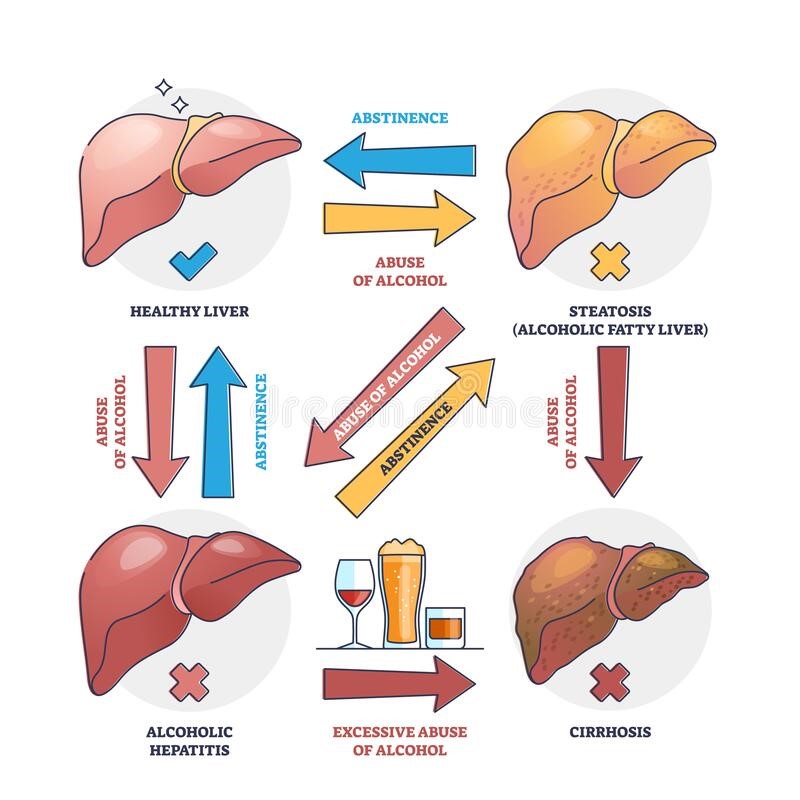Hepatitis Can’t-Wait: Here is What You Should Know
By Caroline Kahiu
On Thursday, Kenya joined the rest of the world in marking World Hepatitis Day. This year’s theme is ‘I can’t wait.’ According to the Ministry of Health, Hepatitis in Kenya is disproportionately distributed among counties and populations. It is estimated that 1.9 million people are infected with Hepatitis B and C virus (HBV & HCV) with those having HBV being the majority at 1.56million.
Traditional cuts and markings on the body have been flagged by experts as being the main drivers of the high prevalence of Hepatitis B in three counties. It has now emerged the counties have the highest prevalence of the disease at more than 10 percent. They include Turkana at 16.8 percent followed by Baringo (11.9) and Migori with a prevalence of 10 percent.
As the name tells us, hepatitis is the inflammation of the liver. As we commemorate World Hepatitis Day 2022 on July 28, a good place to start is distinguishing between viral and non-viral hepatitis.
Viral hepatitis is the most common and is caused by viruses A, B, C, D, and E.
- Hepatitis A is common in areas with poor sources of clean water. Luckily, it has a vaccine.;
- Hepatitis B, by contrast, is caused by a virus and can only be spread directly by blood and body fluids such as intravenous drug use it also has a vaccine and several antivirals remedies.
- Hepatitis C just like hepatitis B is spread through blood, poorly controlled medical procedures, and body fluids. Unfortunately, it has no vaccine.
- Hepatitis D relies on current infection with the Hepatitis B virus. The ‘D on B scenario’ has the most severe effects however vaccination against Hepatitis B is completely effective against Hepatitis D.
- And finally, there is Hepatitis E, like Hepatitis A is mainly found in areas with poor sources of drinking water but does not have a vaccine.
Conversely, there are other ways than viral infection that the liver tissue can become inflamed including a long list of parasites and bacteria that can cause trouble. The good part is that in almost all these cases, there is something specific to use against the various organisms, once the cause is identified.
In the non-infectious hepatitis category, the number one position has to be given to alcohol damage to the liver. Alcohol drinking is a very common cause of chronic liver inflammation, and it is part of a sliding scale from fatty tissue build-up through to hepatitis, cirrhosis, and finally outright liver cancer. Interestingly, the liver is a very quiet, essential, non-complaining organ. Alcohol-induced hepatitis begins quietly, often without any symptoms and many people fail to recognize the damage that chronic heavy drinking may be doing to their liver.
It is also not contagious and one cannot pass the disease onto others the same way one might pass a virus. However, chronic heavy drinking can be “viral” in the social scene because when people drink together, they reinforce in each other behaviors that can lead to alcohol-induced hepatitis.
Drinking too much- on a single occasion or over time- can take a serious toll on just about every organ in the body. The liver is perhaps the most familiar non-brain target of alcohol-related harm. The liver is especially vulnerable to alcohol-related injury as the chief organ responsible for metabolizing alcohol. You are more at risk if you use alcohol heavily over many years. But not everyone who gets alcohol-induced hepatitis fits this profile. Some people are more sensitive to alcohol, and their livers react to moderate use. Others may be able to drink more without inducing hepatitis.
Genetic differences may partially explain this. One is more at risk if there is a family history of alcohol use disorder or liver disease. Sex differences also play a part. People assigned male at birth can tolerate more alcohol than those assigned female at birth. However, everyone is different, and we cannot say what a “safe” amount of alcohol is.
There is no specific medical treatment for alcohol-induced hepatitis. The goal is to reduce liver inflammation, help the liver heal, manage complications and support the person through recovery. Recovery requires a long-term lifestyle change and quitting drinking alcohol.
On World Hepatitis Day 2022, World Health Organisation is highlighting the need for bringing hepatitis care closer to the primary health facilities and communities so that people have better access to treatment and care, no matter what type of hepatitis they may have. Every one of us needs to commit to loving our liver because Hepatitis Can’t-Wait.

